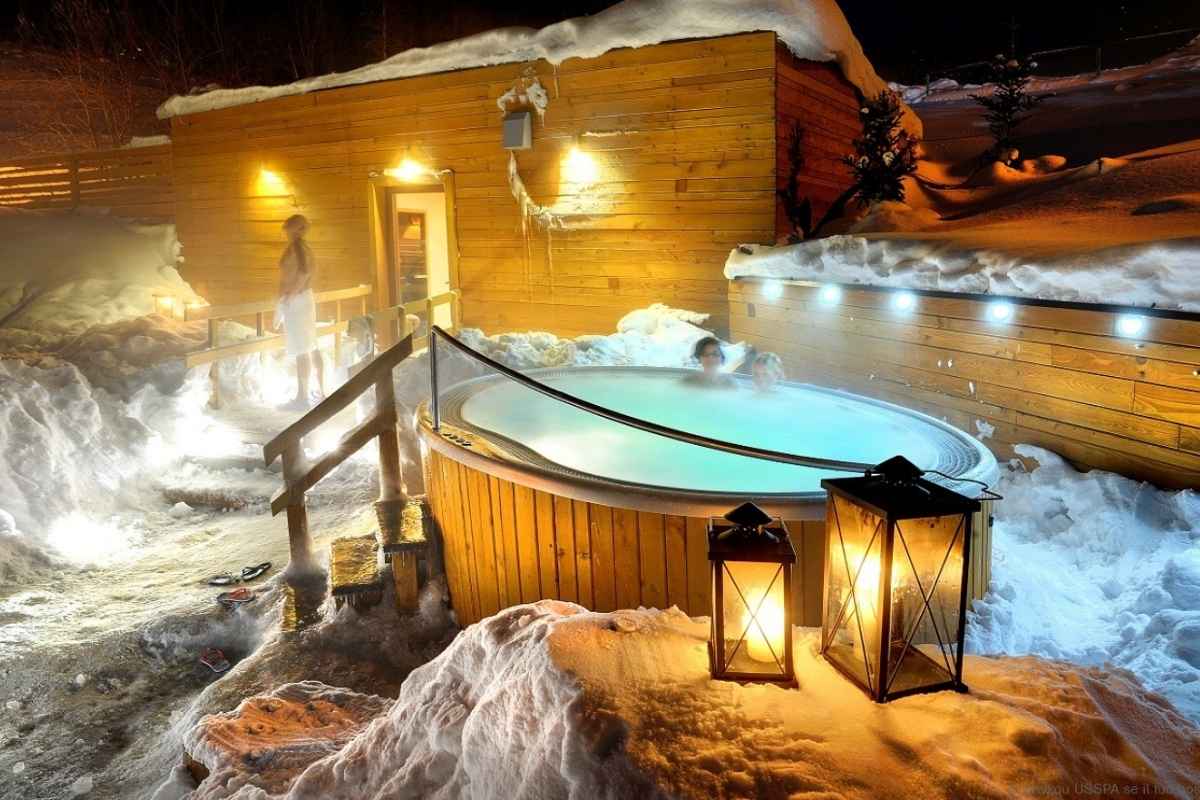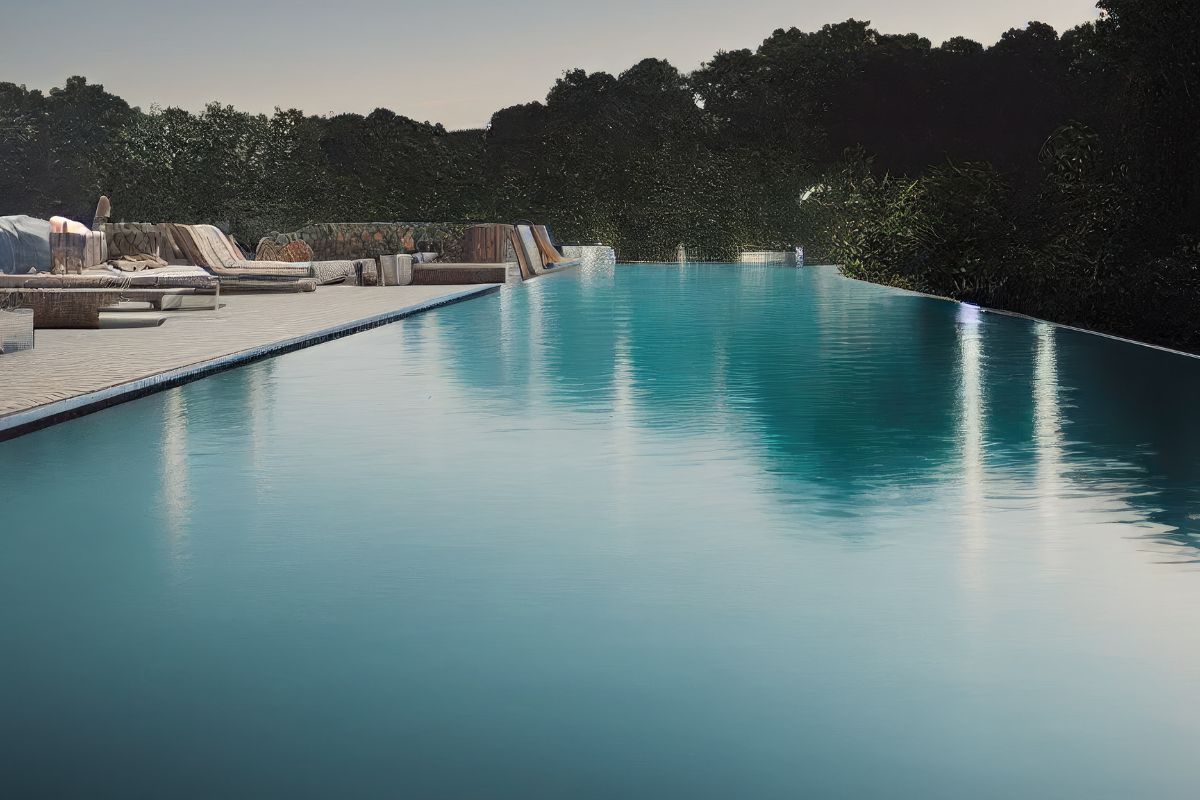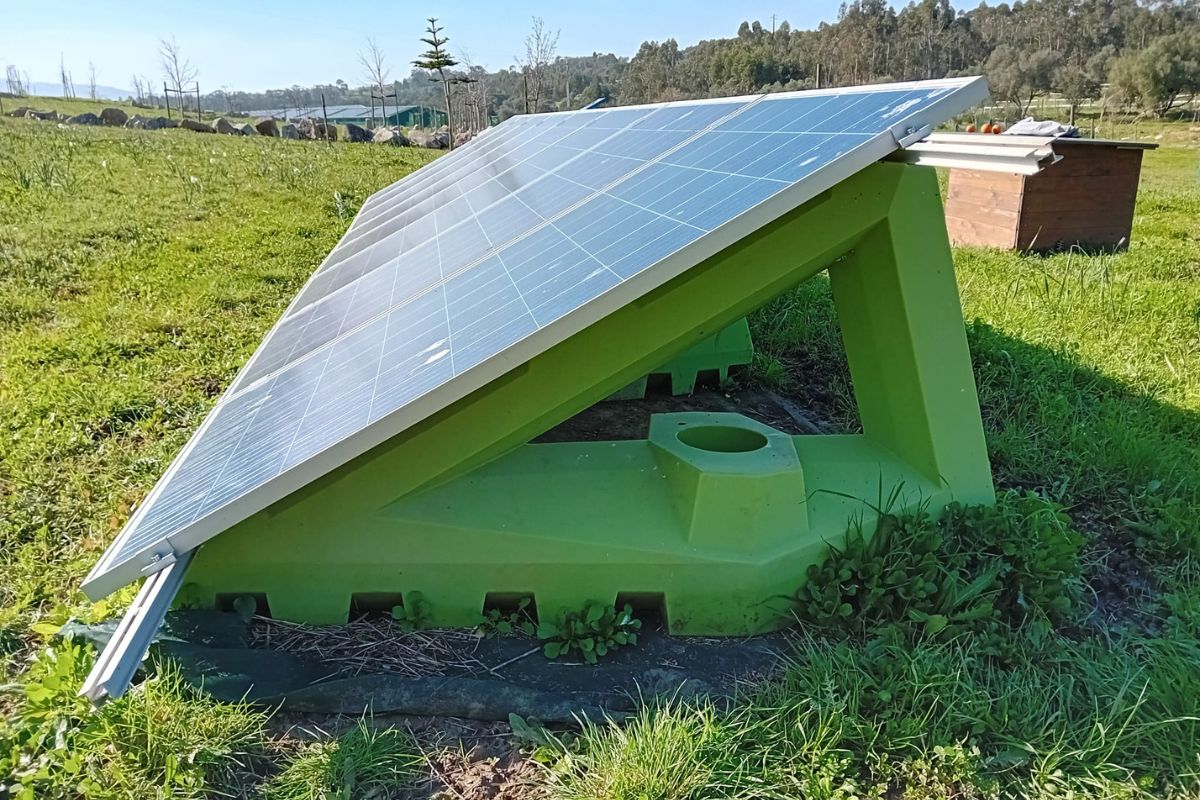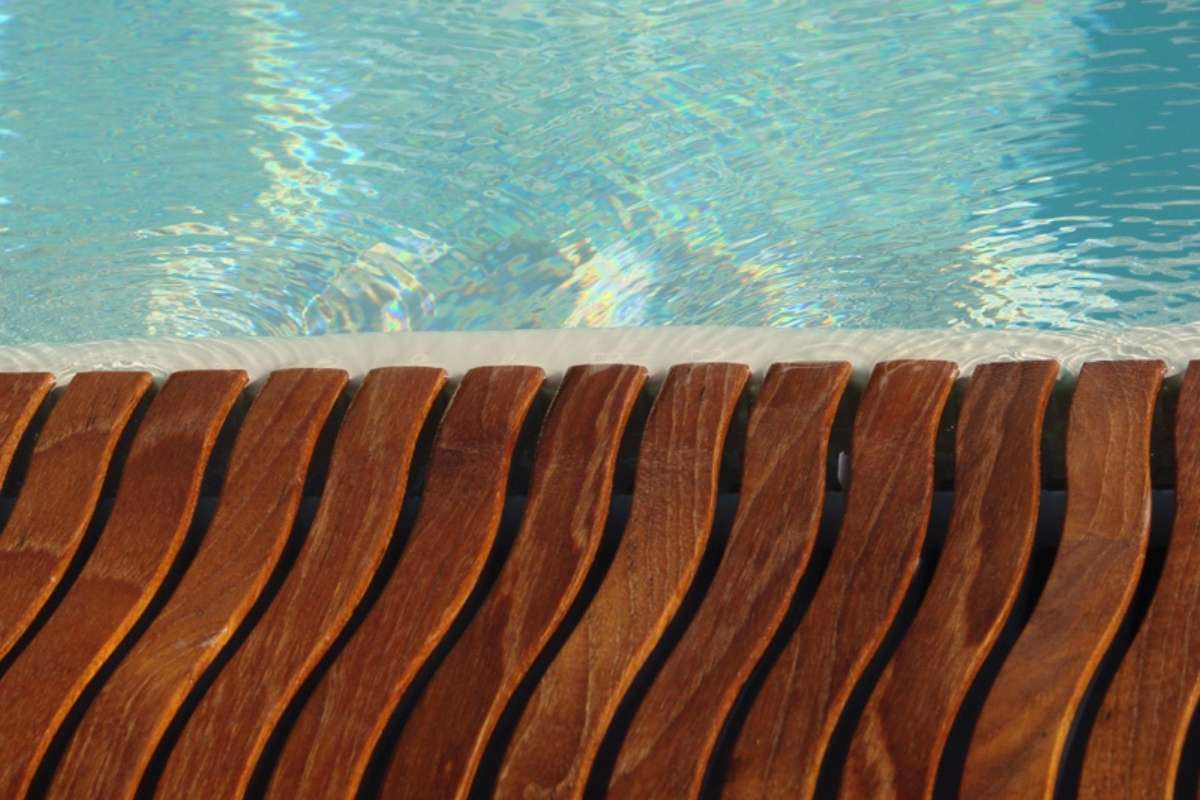Swimming Pool Costs: all the factors to consider
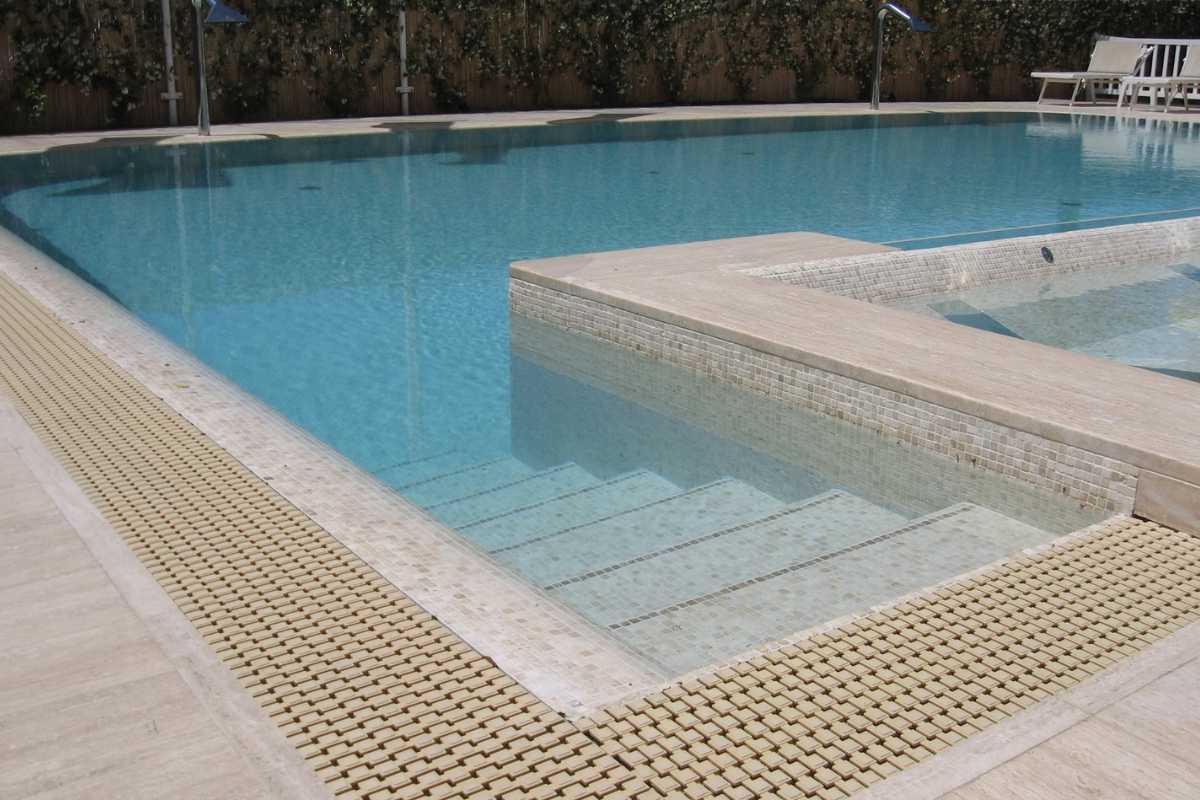
Having a swimming pool in your garden is the dream of many, but many give up on this desire due to the idea of high costs. But what are the costs of swimming pools? And above all, what factors affect the price of the various models and types of pools? Let's answer these questions by paying special attention to all those components such as drainage grates and accessories, which, in addition to being essential for safety, performance, and design, also impact the final price of the pool.
- The different types of swimming pools
- The most important factors for assessing pool costs: materials
- The cost of systems, accessories, and finishes
- Maintenance cost
The different types of swimming pools
How much does an in-ground pool cost? What about semi in-ground pools? To analyze swimming pool costs, we must first consider the different types available. The main types are:
- in-ground pool
- above-ground pool
- overflow pool
The costs of an in-ground pool are generally higher (several tens of thousands of euros) because they require excavation work, construction, and custom design. In-ground pools are permanent structures installed below ground level, built with reinforced concrete, fiberglass, or modular panels, and are known for their refined aesthetics and customization possibilities. The basin is only one of the elements that affect the cost of an in-ground pool, whose final price also depends on size and finishes.
Above-ground pools, on the other hand, are a more affordable solution because they are easier to install and do not require construction work. These are temporary or semi-permanent pools that can be placed directly on the ground. The final cost mainly depends on the material used (PVC, steel, etc.) and the size. They are ideal for those looking for a quick and practical alternative without major construction work.
Overflow pools, a variation of in-ground pools, have an even higher cost because they require perimeter collection grates and specific systems that increase the final price. Overflow pools are characterized by the "invisible" edge, where water overflows along the perimeter, creating a sleek and modern visual effect. They require a more complex water collection and filtration system, which raises the overall cost but also the aesthetic value.
The most important factors for assessing pool costs: materials
Besides the type, to understand how much it costs to build a pool, it's important to consider the materials used, as they have a huge impact on pool prices. The type of material chosen for the pool structure significantly affects not only the initial costs but also future maintenance. Let’s look at the cost differences for:
- reinforced concrete
- prefabricated steel
- fiberglass
Among the most common options is reinforced concrete, which is the most solid and durable choice, ideal for those wanting a fully customized pool, even though it involves high costs and longer construction times. A valid alternative is prefabricated steel structures, which offer a good compromise between strength, versatility, and installation speed. Fiberglass pools are appreciated for their quick installation and long lifespan, though they are less flexible in terms of shape options. Besides the structure, the type of coating also affects both aesthetics and overall cost: you can choose from PVC, mosaic, ceramic tiles, or liners, each offering different finishes and requiring different levels of investment.
The cost of systems, accessories, and finishes
Beyond the structure, the type of systems and accessories the pool is equipped with plays a major role in pool costs. While some elements are essential (like the filtration system), others depend on how the pool will be used (lighting systems, heating systems, automation and remote control systems, covers). It’s clear that a pool with a lighting and heating system will cost more than one without these features, but it can be used even at night and during winter, increasing its usability (and therefore its value).
On top of the systems, there are accessories that complete the pool’s functionality and appearance. These include ladders, diving boards, covers, overflow grates, nozzles, and perimeter edges.
Finishes are often seen only as aesthetic choices. In reality, coatings, edges, and perimeter grates influence safety, hygiene, and the overall durability of the pool. A concrete example is plastic grates for pools. Often overlooked during the initial cost evaluation, they are in fact strategic elements, especially in overflow pools. Low-quality grates can deform, fade under UV rays, become slippery, or even break over time.
Attention to these components should be equal to that given to the type of pool and the materials used. This is because a pool complete with systems is not only more usable, but also safer and more energy-efficient. Attempting to save money by cutting corners on these components (omitting them or choosing poor-quality versions) will actually lead to higher long-term costs due to necessary extraordinary maintenance or the need to replace inadequate parts.
Maintenance cost
Since it’s a significant investment and a structure that lasts for decades, it's important to consider the cost of maintenance. This is an often overlooked factor that can quickly negate the initial investment. Choosing to have a pool, regardless of type, means taking on recurring costs for chemical treatments, electricity for system operation, and routine maintenance (including grate cleaning and the cleaning of...



